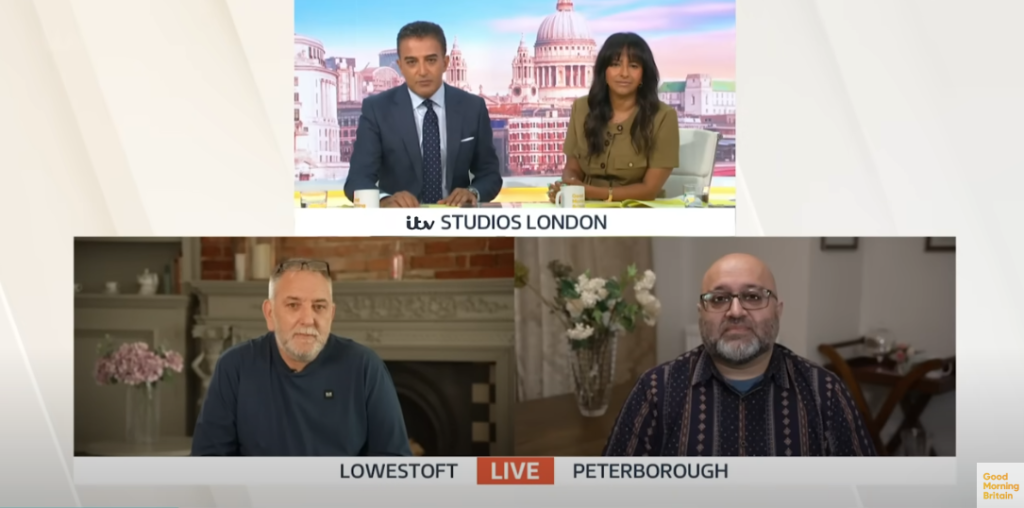The political landscape of Europe has been experiencing a significant shift, as evidenced by the recent European elections. Right-wing parties have been gaining traction and securing more seats, marking a notable change in the political dynamics within the European Parliament.
In Germany, far-right parties have made gains, reflecting a broader trend across Europe’s top three economies. This rise has not been limited to one region; right-wing parties have been successful in Italy and the Netherlands, leading the polls in France, Austria, and Belgium, and even participating in the governments of Finland and Slovakia.
The European elections are a critical barometer of the continent’s political climate, and the increasing support for right-wing parties suggests a growing appeal of their policies among voters. The far-right’s success in Italy, where Giorgia Meloni’s Brothers of Italy party has been described as the “most right-wing” republican government since the Second World War, exemplifies this trend.
Belgium’s liberal Prime Minister Alexander De Croo announced his resignation following a significant electoral defeat, further underscoring the impact of the right-wing surge on established political figures and parties.
The reasons behind this shift are complex and once again multifaceted. Factors such as economic concerns, immigration policies, national identity, and skepticism towards the European Union’s governance model have all played a role in propelling right-wing parties to the forefront of European politics.
As these parties gain more influence in the European Parliament, the potential for changes in policy direction and legislative priorities becomes more pronounced. This could lead to a reevaluation of the EU’s stance on various issues, including immigration, fiscal policies, and foreign relations.
The rise of right-wing parties in European elections is a topic of considerable debate and analysis. It raises questions about the future direction of European politics and the values that will shape the continent’s policies in the coming years.
For a more in-depth analysis of the recent European elections and the implications of the right-wing parties’ success, further reading and research are recommended. Understanding the nuances of this political shift is crucial for anyone interested in the future of Europe and its governance.
Understanding the Policies of Right-Wing Parties in Europe
As I mentioned above, the rise of right-wing parties across Europe has been a significant political development in recent years, with these parties gaining substantial ground in various national and European elections. The policies of right-wing parties are diverse and cater to a wide range of issues that resonate with their electorate. Here, I try to delve into the main policies that are commonly associated with right-wing parties in Europe.
Immigration and National Identity
A central theme in the policies of many right-wing parties is a strict stance on immigration. Parties such as the Alternative for Germany (AfD) and Italy’s League have advocated for more stringent immigration controls, arguing that this is necessary to preserve national identity and security. This includes measures to reduce the number of asylum seekers and to strengthen border security.
Euroscepticism
Euroscepticism, or skepticism towards the European Union and its governance, is another hallmark of right-wing party policies. Many of these parties criticize the EU for overreach into national sovereignty and advocate for a return of powers to individual states. The League in Italy, for example, has a reputation for its Eurosceptic positions.
Economic Policies
Right-wing parties often promote economic policies that favor free-market capitalism, lower taxes, and reduced government spending. They argue that such measures can stimulate economic growth and provide more opportunities for businesses and individuals.
Law and Order
A strong emphasis on law and order is also a common policy among right-wing parties. They propose tougher measures on crime, including longer sentences for offenders and more resources for law enforcement agencies.
Social Conservatism
Many right-wing parties hold socially conservative views, advocating for traditional family values and opposing policies that they perceive as promoting social liberalism. This can include opposition to same-sex marriage and other LGBTQ+ rights.
Environmental Policies
On environmental issues, right-wing parties’ policies can vary. Some may question the extent of human impact on climate change and oppose regulations they view as harmful to economic interests, while others have started to incorporate more environmental concerns into their platforms.
Foreign Policy
In terms of foreign policy, right-wing parties often prioritize national interests and may adopt a more isolationist stance. They may also be more skeptical of international alliances and multilateral agreements.
It is important to note that the policies of right-wing parties can differ significantly from country to country, reflecting the specific political, economic, and cultural contexts of each nation. Additionally, the term “right-wing” encompasses a broad spectrum of parties, from conservative to far-right, each with its unique policy positions.
The rise of right-wing parties has undoubtedly influenced the political discourse in Europe, bringing issues such as national sovereignty, immigration, and the role of the EU to the forefront of political debate. As these parties continue to gain influence, the policies they advocate will likely play a crucial role in shaping the future of European politics.
For those interested in the detailed policies of specific right-wing parties, it is advisable to consult the parties’ official platforms and statements, as well as analyses by political experts and scholars. This will provide a more comprehensive understanding of the nuances and variations in right-wing political thought across Europe.
@Newdaystarts








